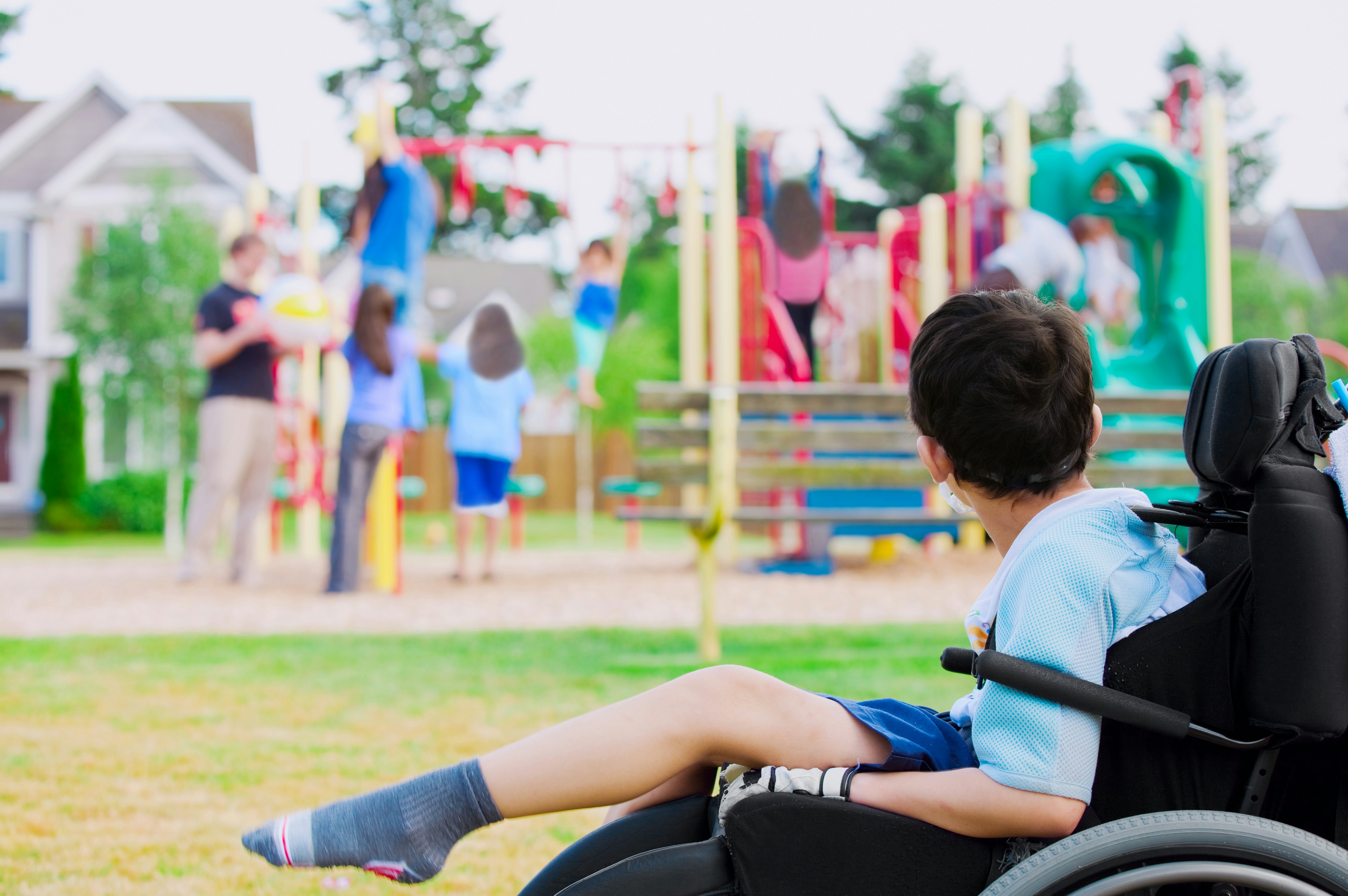What is cerebral palsy?
Last updated

Cerebral palsy (CP) is a permanent, lifelong physical disability affecting 34,000 Australians.
Key points
- An estimated 34,000 Australians are affected by cerebral palsy
- It is the most common childhood physical disability
- There are four main types of cerebral palsy
What is cerebral palsy?
Cerebral palsy (CP) affects movement and posture and is caused by damage to the developing brain during pregnancy or shortly after birth.
One in 400 children born in Australia has CP, making it the most common childhood physical disability.
CP affects body movement, muscle tone, control and coordination, reflex, posture and balance. People living with CP may also experience:
- Uncontrolled or unpredictable movements
- Muscles can be stiff, weak or tight
- Shaky movements or tremors
- Difficulties with swallowing, breathing, head and neck control
- Difficulties with bladder and bowel control
- Dental and digestive problems
Additionally to this, people with CP may also have visual, learning, hearing, speech and intellectual impairments, as well as epilepsy.
Symptoms of cerebral palsy
Symptoms of CP in babies include low muscle tone, muscle spasms, delayed development, feeding or swallowing difficulties, poor muscle control, reflexes and posture.
If your child isn’t walking by 12-18 months or speaking simple sentences by 24 months, speak to your GP or paediatrician.
Areas of the body affected by CP, the level of severity and the symptoms can differ for each individual, with some people requiring more support than others.
Cerebral palsy doesn’t worsen over time. Instead, the symptoms may change or become more noticeable. If you have concerns about your child, visit your GP or paediatrician.
Types of cerebral palsy
Cerebral palsy is described by the way it affects people’s movement and the parts of the body it affects.
When describing the parts of the body affected by cerebral palsy, the following classifications are used:
- Quadriplegia: all four limbs are affected, and sometimes the muscles of the face and mouth
- Diplegia: all four limbs are affected, with the legs more affected than the arms
- Hemiplegia: one side of the body is affected. Hemiplegia is the most common presentation of cerebral palsy. According to the Cerebral Palsy Alliance, approximately 40 percent of people with cerebral palsy have hemiplegia
- Paraplegia: both legs, but not the arms, are affected
CP can also be classified as spastic, dyskinetic, or ataxic. These classifications are used to describe the way CP impacts somebody’s movements:
- Spastic cerebral palsy: the most common type of cerebral palsy. The muscles of someone with spastic cerebral palsy often feel stiff, and their movements may look stiff and jerky
- Dyskinetic cerebral palsy: people with dyskinetic forms of cerebral palsy have variable movement that is outside of their control (involuntary). These involuntary movements are often more noticeable when a person attempts to move
- Ataxic cerebral palsy: Ataxia is the least common form of cerebral palsy. Ataxic movements are characterised by clumsiness, imprecision, or instability. The un-coordination seen with ataxia often occurs when a person attempts to perform voluntary movements such as walking or picking up objects
What more do you want to know about cerebral palsy? Tell us in the comment section below.
Related content:
Physical disabilities
Janelle’s story: campaigning for change